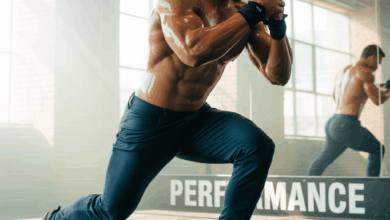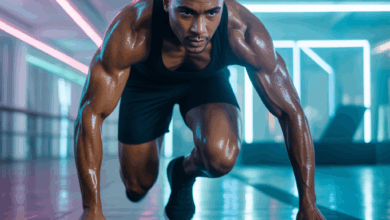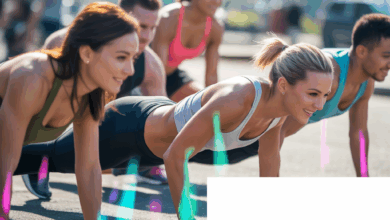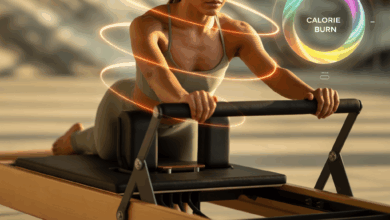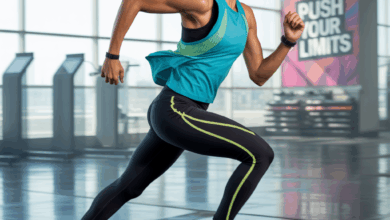How to Treat a Sore Bum After Cycling: Fast Relief & Long-Term Fixes
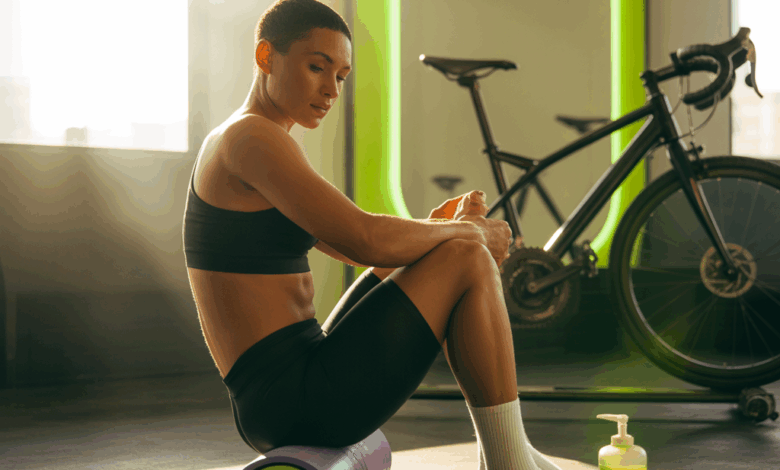
Ever finished a great ride only to find your bum is throbbing, raw or numb? You’re not alone — whether you’re a weekend warrior, commuter, or training for a sportive, saddle soreness can take the shine off cycling. In this article you’ll learn practical, evidence-based ways to treat a sore bum after cycling, prevent it from coming back, and get back on the saddle faster.
Why your bum hurts after cycling
Understanding the cause makes treatment faster and more effective. Common reasons include:
- Poor saddle fit: Too narrow, too wide, or wrong shape can concentrate pressure on soft tissue or sit bones.
- Chafing and skin irritation: Repetitive friction from fabric or seams leads to redness and soreness.
- Overuse and pressure: Long rides without breaks compress soft tissue and reduce blood flow.
- Weak supporting muscles: Tight hips or weak glutes and core alter your position, increasing pressure on the seat.
- Inadequate clothing or hygiene: Old shorts, lack of chamois cream, or not changing post-ride can worsen discomfort.
How saddle soreness differs from numbness or perineal pain
Saddle soreness (sore butt) is typically surface-level pain and chafing, while numbness or deep perineal pain may indicate nerve compression. If you have persistent numbness, tingling, or sexual dysfunction, get a professional bike fit or medical assessment.
How to treat a sore bum after cycling: immediate and long-term fixes
These steps combine quick relief and sustainable changes to prevent recurrence.
Immediate relief (first 48 hours)
- Remove pressure: Rest from cycling for 48–72 hours or until pain subsides. Use a soft cushion when sitting at home.
- Cool and clean the area: Rinse gently, pat dry, and apply a cool compress for 10–15 minutes to reduce inflammation.
- Topical care: Apply a soothing, non-irritating barrier cream or aloe vera for chafed skin. Avoid harsh antiseptics that can sting.
- Pain control: Over-the-counter analgesics (e.g., acetaminophen or NSAIDs) can help short-term — follow dosing guidance.
- Loose clothing: Wear breathable, loose shorts to avoid further rubbing during recovery.
Short-term fixes before your next ride
- Invest in quality padded cycling shorts and use them every ride.
- Apply chamois cream to reduce friction and prevent chafing.
- Stand and pedal occasionally during rides to relieve pressure.
- Shorten ride lengths and gradually rebuild mileage after recovery.
Bike fit and gear: prevent saddle soreness
Small adjustments deliver big improvements.
- Check saddle position: Tilt slightly nose-down only if it reduces pressure; fore-aft and height adjustments can redistribute weight.
- Try different saddle shapes: Women and men often benefit from saddles with cutouts or different widths—sit on various models to find comfort.
- Upgrade your shorts: A well-fitting chamois with proper padding and flat, bonded seams reduces rubbing.
- Consider a pro bike fit if discomfort is chronic — it pinpoints root causes (hip rotation, tight hamstrings, saddle angle).
Strength, mobility and workouts to support a pain-free ride
Strengthening glutes, core, and hip stabilizers improves posture on the bike and reduces excessive pressure on the seat.
Quick routine (3× per week)
- Glute bridges — 3 sets of 12–15 reps
- Single-leg Romanian deadlifts — 3 sets of 8–10 reps per side
- Plank variations — 3 sets of 30–60 seconds
- Clamshells — 3 sets of 12–15 reps per side
- Hip flexor stretches — 2 × 30 seconds per side
Ride-specific variations
Include these inside your cycling training to reduce static time on the saddle:
- Cadence intervals: Stand out of the saddle for 15–30 seconds every 10 minutes.
- Seated strength: Low cadence, high resistance intervals help build muscular endurance so you don’t slump into the saddle.
- Active recovery rides: Short, easy spins the day after a hard session promote blood flow without excessive seat time.
Healthy lifestyle habits for faster recovery
Nutrition, sleep and general recovery amplify the benefits of local treatments.
- Hydration: Proper fluid balance supports tissue health and healing.
- Protein and anti-inflammatory foods: Lean protein, omega-3s, and antioxidant-rich fruits/vegetables help repair tissues.
- Quality sleep: 7–9 hours/night accelerates recovery.
- Hygiene: Change out of sweaty shorts promptly and wash chamois gear regularly to avoid bacterial irritation.
Real-world examples
Emma, a weekend rider, saw recurring chafing. She switched to a better-fitting saddle, started using chamois cream, and added glute bridges twice a week. Within a month her discomfort dropped significantly.
Mark, a daily commuter, experienced numbness. A professional bike fit raised his handlebars slightly, and he cycled with wider-channeled saddle. Numbness resolved after two weeks.
Frequently Asked Questions
Most surface chafing and seat soreness improve within a few days with rest and basic care. If you experience persistent deep pain, numbness, or symptoms lasting more than two weeks, seek a bike fit or medical evaluation.
Padded cycling shorts reduce friction and provide cushioning, which often helps a lot. However, shorts are one part of the solution — saddle fit, position, and riding habits also matter.
Short, easy rides can help blood flow and healing, but avoid long or high-intensity rides until pain decreases. Use chamois cream, frequent position changes, and stand up periodically if you decide to ride.
Conclusion — Get back on the bike without the pain
Treating and preventing a sore bum after cycling combines immediate care, smarter gear choices, better bike fit, and targeted strength work. Start with rest and topical care for quick relief, then make sustainable changes: invest in proper shorts, apply chamois cream, adjust your saddle, and strengthen your glutes and core. If symptoms persist, consult a professional fitter or healthcare provider. Ready to build a stronger, more comfortable ride? Check out our workout routines and nutrition guides, or browse our wellness tips to improve recovery and performance.
Try one new tip from this article on your next ride and notice the difference — your bum will thank you.

